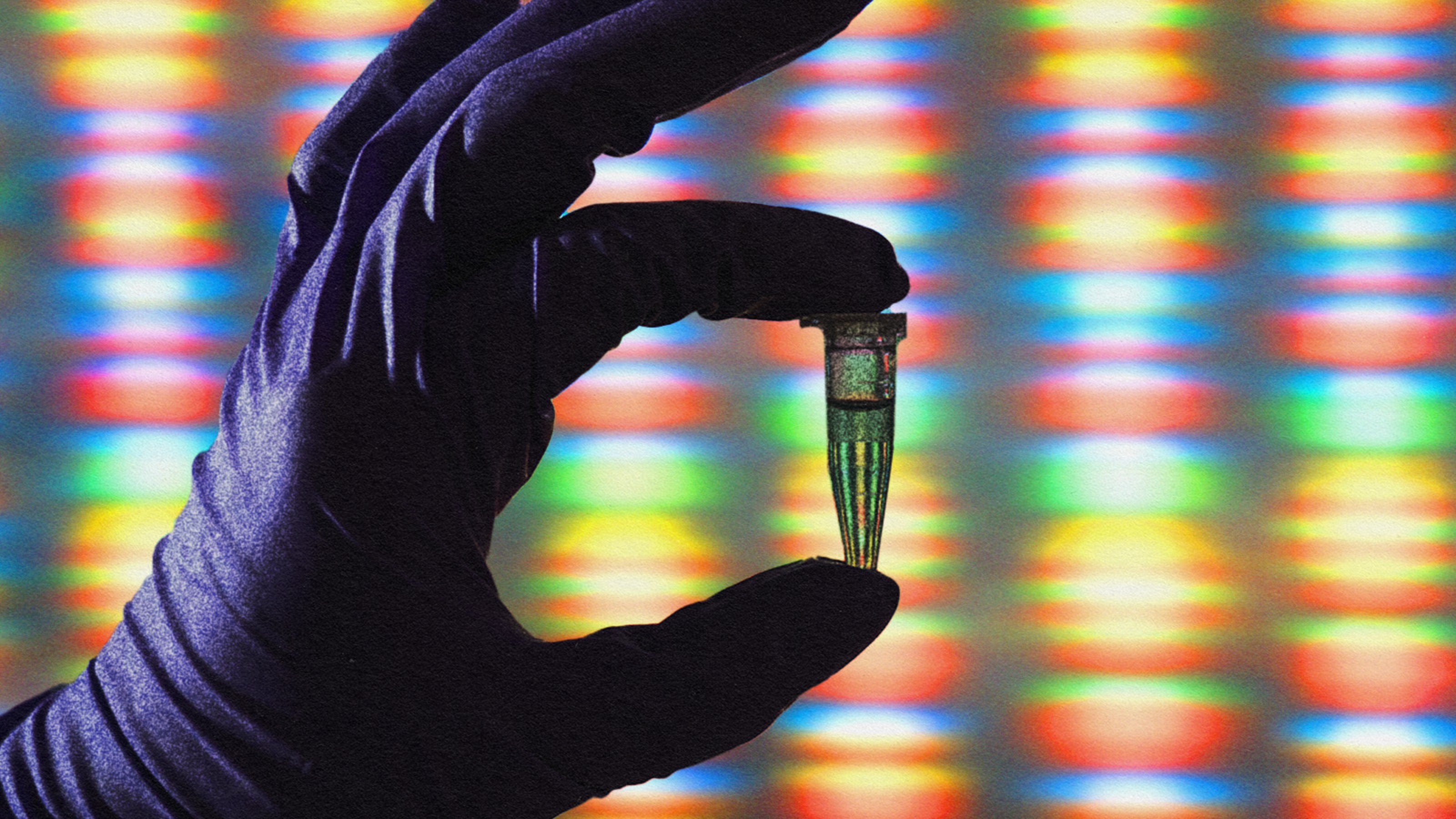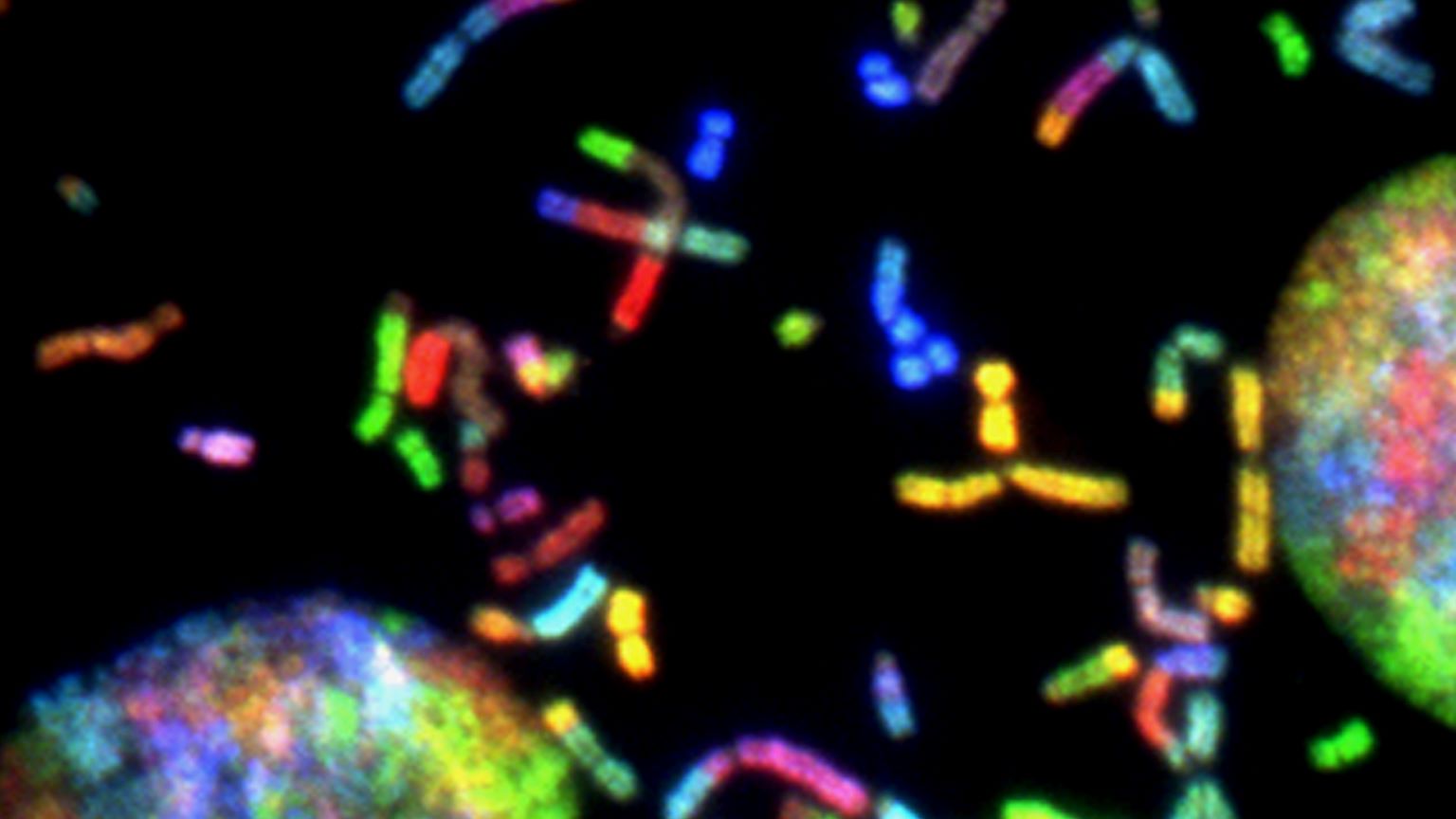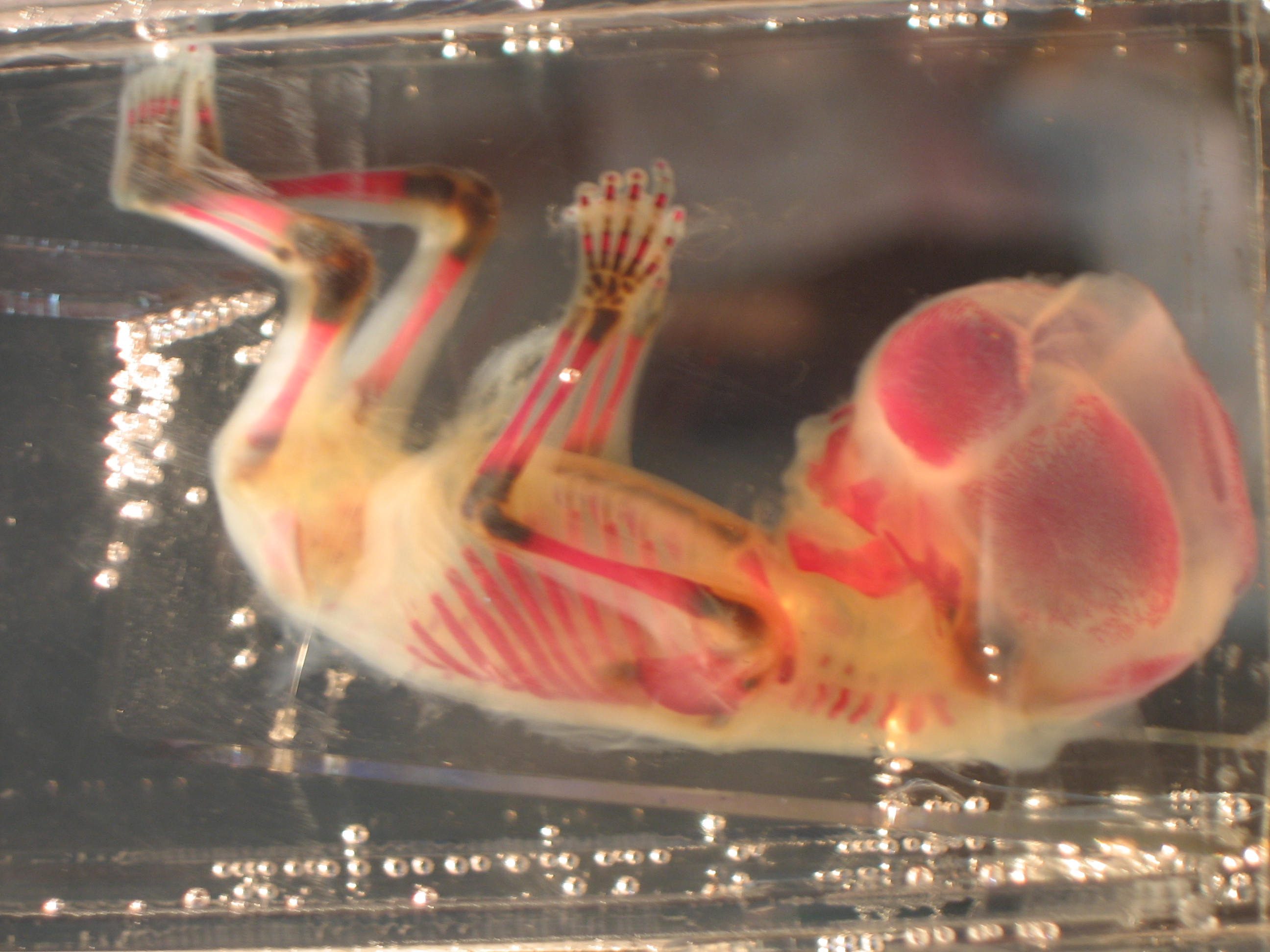Making Sense of the Human Genome

Article written by guest writer Rin Mitchell
What’s the Latest Development?
Humans have a gene within their chromosome 10 that can either repair or flaw basic cell processes. The gene called ercc6 plays a very important role, and in the instance of causing a disruption—mental and physical issues will plague a person. Yet, somehow people can avoid experiencing the effects of such a “destruction” to their genetic make up when ercc6 goes awry. For example James Watson, who co-discovered the double helix structure of DNA and was the first head of the Human Genome Project. Based on Watson’s DNA sequence, as reported in 2008, he should have been “blind, deaf, photophobic, prematurely decrepit, and possibly mentally retarded.” Apparently, he had two copies of the ercc6 gene that reportedly should have given Watson Cockayne—but it didn’t. “Scientists call this state incomplete penetrance, and they often have no idea how people escape. As a result, predicting who will and won’t get a disease becomes more or less impossible.” The inability to trace diseases back to a person’s DNA and DNA back to diseases “has serious “consequences.” So, what are scientists doing to find ways to make these connections?
What’s the Big Idea?
Rare genes can cause serious illnesses in people, and “when a gene works in tandem with dozens of other genes to carry out some multistep process, and so a flaw in any one gene could crash the whole system.” However, it is possible that people can escape certain illnesses altogether. The first head of the Human Genome Project was that of James Watson, who according to scientists, should have contracted Cockayne—because he carried two copies of the ercc6 gene. One of the reasons scientists have come up with is that some people just get lucky. Reportedly, scientists are looking into the sneeze reflex and PSR as a couple of approaches to make headway into the DNA of “thousands of average Joes and Josephines at once.”




